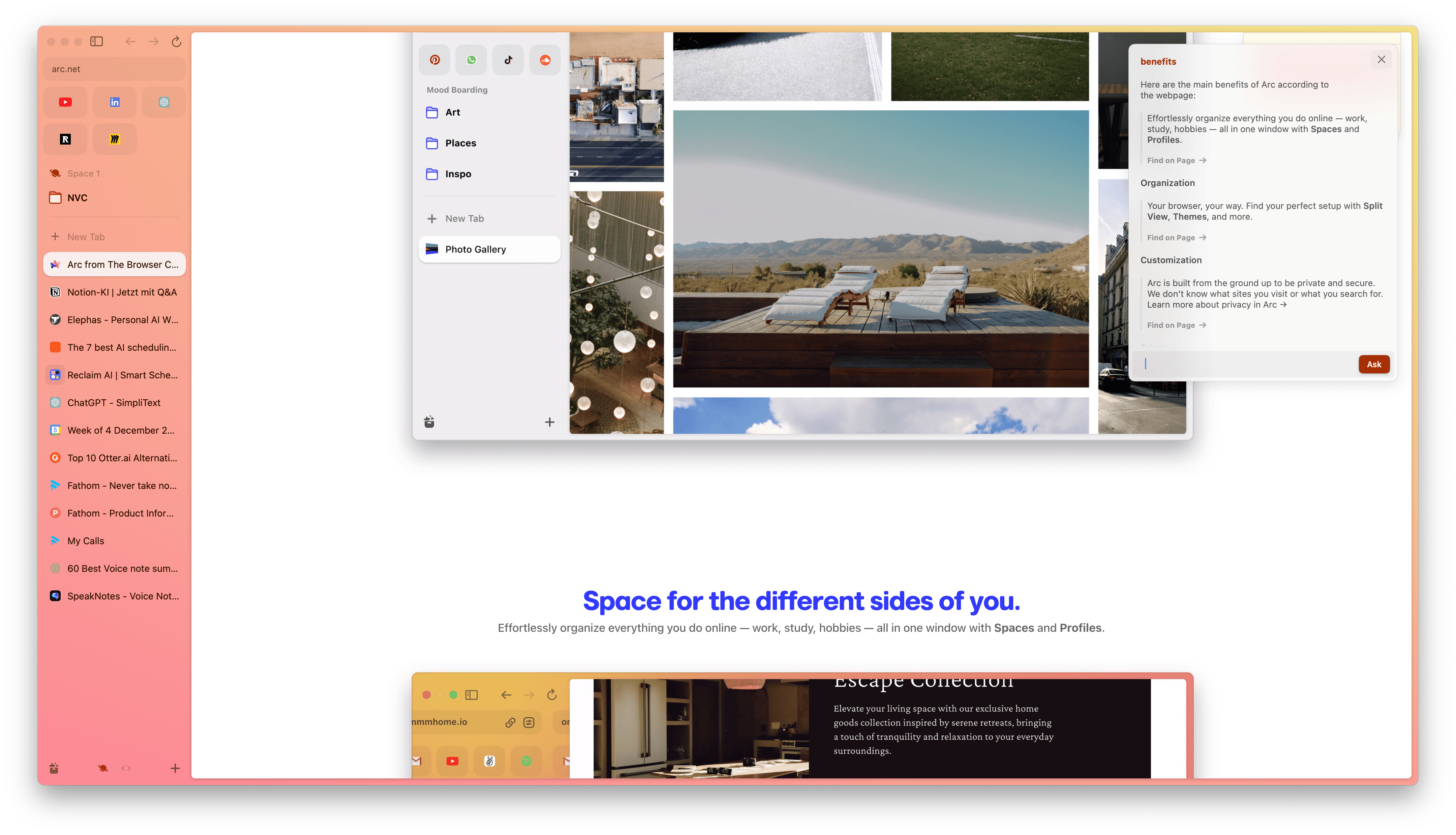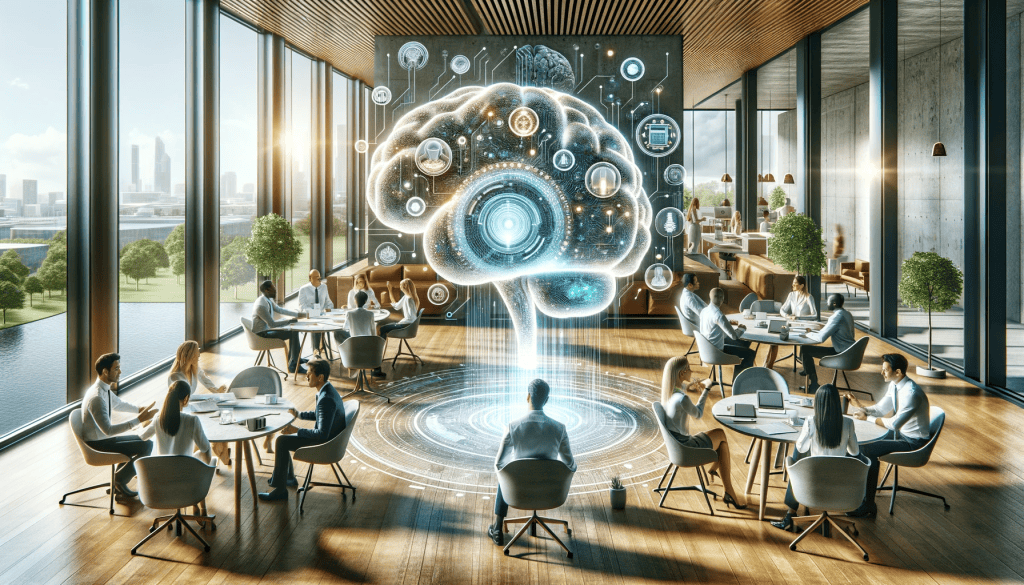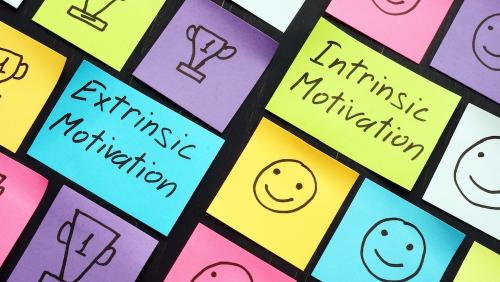How AI Improves Collaboration and Communication (AI for DevEx, Part 4)
Welcome to part 4 of AI for DevEx. In this article, we will explore how AI can help us improve how we communicate synchronously and asynchronously, how we collaborate, and how it can even increase the value of documentation.
We will discover what is already possible today and what I anticipate to be possible soon.
Let’s dive right into the first part, synchronous communication and collaboration.
Synchronous Communication and Collaboration
Synchronous communication poses many other challenges. Participants who talk too much, too little, too many meetings, background noise, and the ever-green question who takes notes and sends a summary after the call.
With the number of challenges came many AI tools. Have you noticed, that the audio quality on Zoom calls got better over the last years? That is because Zoom drastically improved noise cancellation.
Dedicated tools like Krisp provide noise cancellation for your voice and the audio you receive from others. Krisp also has another feature: It tells you how much you have spoken. This can trigger reflection on whether your participation in the meeting was valuable if you contributed, or maybe even a bit too much.
Zoom now can also summarize your calls or catch somebody up who briefly had to leave for reasons. Dedicated tools such as Otter and Fathom can join your calls, transcribe them, summarize them, and even send meeting notes to the attendees. Fathom also shows you when you dive into a monologue and maybe should give space to others.
Last but not least, tools such as Clockwise, Reclaim, and Motion can help you preserve your focus time and reshuffle meetings to ideally use everyone’s availability while juggling the need for focus time and the need to meet.
Asynchronous Communication
Asynchronous communication is inherently challenging. Misunderstandings are far more likely when we cannot see the recipient’s reaction and quickly provide clarification. The most prominent form of asynchronous communication is written messages. We use them in Slack, Teams, or via Social Media.
In remote communication, it’s hard to know if recipients got, read, and understood our messages. It’s also hard to grasp the tone and intent without clear communication. Emojis, like the slightly smiling face 🙂, were meant to help but can be misunderstood as their meanings aren’t universal.
Does it mean I am in a positive mood and mean the message well? Or does it mean the world is on fire, but I don’t care and don’t want to talk about it? Without knowing me personally, you will never know. 🙂
Cultural differences and language barriers make asynchronous communication more complex. Audio and video can convey tone but are time-consuming to listen to. Often, recipients only want the information, not the tone, making these messages hard to digest.
Can AI help us to improve here? Of course!
For writing, tools like Grammarly help us to improve our writing. It can fix grammar and spelling and rephrase sentences for simplicity, clarity, and friendliness.
Furthermore, tools like Loom make it easy to record videos and share them quickly. Now, with Loom AI, the tool automatically generates titles and a summary for a recorded video. Recipients can then choose whether they have enough information from reading the summary or want all the details, such as tone, gestures, and exact wording.
Slack and other communication tools also introduce AI transcripts for voice messages, making searching and reading messages possible. It is a matter of time until they provide concise summarizations that save the recipient time.
Increasing the Value of Documentation
Documentation is a challenging form of asynchronous communication. It’s one-way communication to an unknown person at an unknown time. There’s no guarantee that the right person will receive it when they need it.
People read documentation because they lack the information needed to complete a task. In a perfect world, a person would always receive the information they are missing at any moment. AI brings us much closer to this ideal.
Traditionally, documentation comes with the following challenges:
- Writing short, clear documentation with all essential information.
- Keeping it free from errors and up-to-date.
- Finding the right documentation at the right time.
- Understanding the documentation.
Artificial intelligence can help us with all of the above challenges.
Writing short, clear documentation with all essential information.
Nobody wants to read lengthy documentation when hurrying to get a job done. Fluffy words and filling sentences have their place in fictional literature, not in documentation. Furthermore, simple language should be preferred.
This makes it easier to understand a document, especially for non-native speakers. Writing short, simple, clear, and concise can be challenging. We are not used to it, especially as non-native speakers. This sometimes is a challenge for me. (You read my articles; you might have noticed).
If you haven’t noticed: Good! I put a lot of effort into editing:
Shortening sentences.
Removing phrases.
Rewriting paragraphs.
Sometimes, I still feel the message could be more clear.
Introducing “SimpliText”
I have built myself a GPT called “SimpliText” to help me with this challenge. Its job is easy: Take a sentence or a paragraph and respond with a simpler version.
The original headline of this subsection was “Writing documentation concisely to keep it short while conveying the necessary information.”
My GPT suggested: “Write short, clear documentation with all essential information.”
I am not always taking those suggestions, but they often give me inspiration for how I could rewrite specific paragraphs.
Imagine how much easier it would become to write clear documentation if those features were built into our documentation tools or even our operating system.
Interested? Message me for a link (ChatGPT Plus only).
Grammarly now can do similar things.
Grammarly was recently updated to include advanced AI. It now not only corrects grammar and spelling but also lets users give it specific tasks to improve their writing, similar to what my GPT can do.
Keeping it free from errors and up-to-date.
We already discussed Grammarly before and it can help here, too. Furthermore, AI can help us update code documentation when the code changes.
In the future, AI in the workplace might help find outdated documents and suggest them to teams for updates or even propose the updates themselves.
Finding the right documentation at the right time.
A good knowledge base needs findability, not just searchability. As documentation grows and is stored in more places, it becomes hard for engineers to find the right document or information quickly.
Searching often fails because the searcher is using different terms than the writer or the searcher is seeking in a different place than was anticipated by the writer. AI can solve both challenges eventually.
Today, we can upload documents to ChatGPT and ask questions based on those documents. What if we would combine this power with our knowledge base? WithNotion AI, Notion currently has a Beta for a Q&A feature that answers questions based on Notion databases and webpages.
Without changing how we write documentation, those tools can improve and redefine how we find them.
Understanding the documentation.
Good documentation depends on understanding the reader’s knowledge level. If we assume they know about Kubernetes, they might not benefit from an article on fixing CrashLoopBackoff errors in a pod if they don’t have that knowledge.
AI can quickly explain sentence words or give background on topics faster than searching on Google. In the future, we might ask questions directly in a document instead of using ChatGPT.
Just consider the AMAZING browser Arc. When I am searching on a webpage, and it does not find the exact wording, it automatically starts a ChatGPT-like conversation. Even though the word “Benefits” does not appear on the webpage, it gives me a brief and accurate summarization.

Asking “Benefits” on the Arc webpage, it gives me a summary of the benefits even though the word “Benefits” does not appear on the webpage.
Conclusion
AI tools offer a vast potential to improve our communication synchronously and asynchronously. Today, numerous tools support communication by removing and automating specific tasks and giving us feedback on our communication and how to improve it.
In the future, we will likely see more tools that even better integrate with our tools and environments.
I am curious: Which AI tools are you using in communication, and how did they change both synchronous and asynchronous communication for you?





Use the share button below if you liked it.
It makes me smile, when I see it.